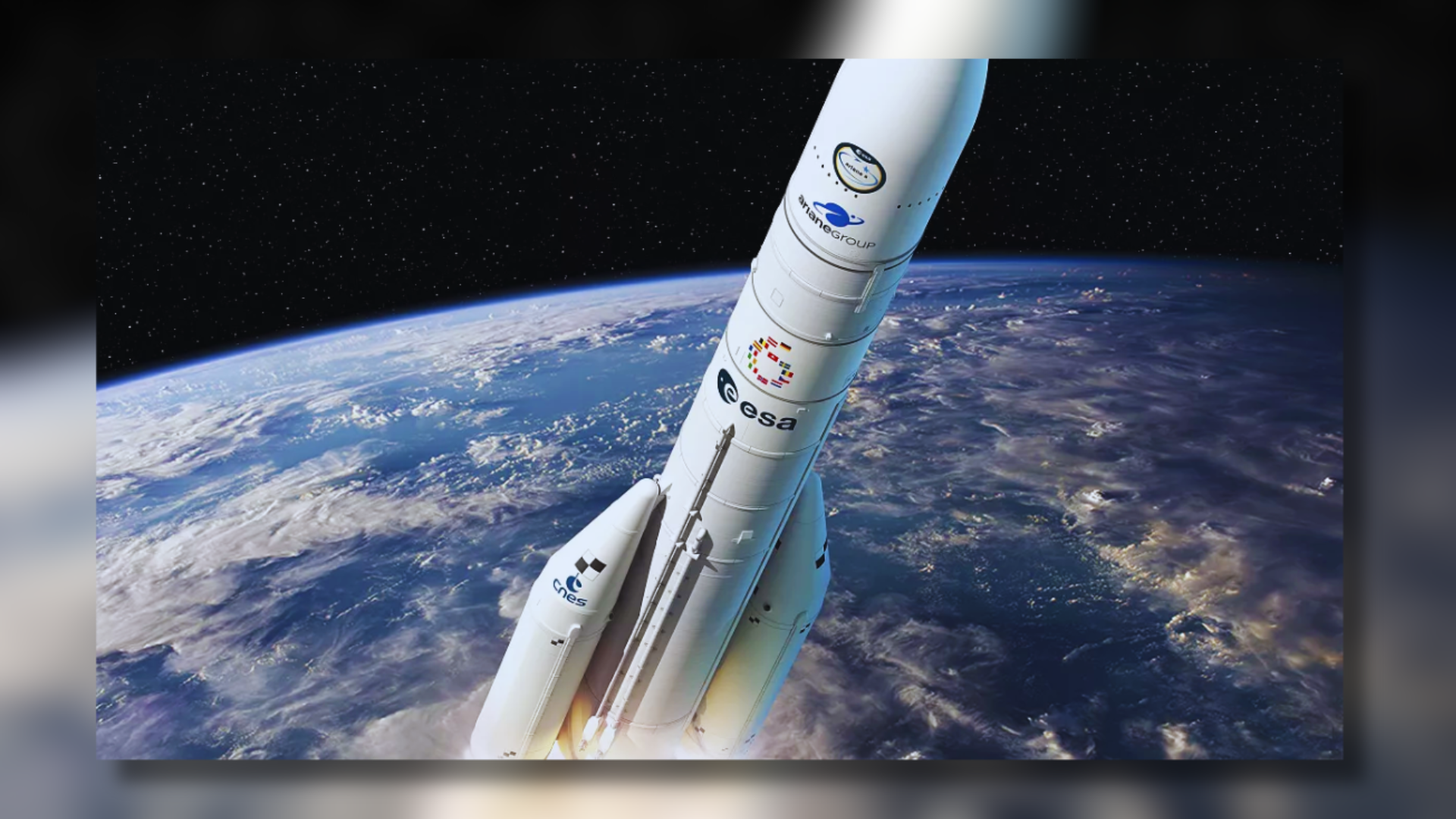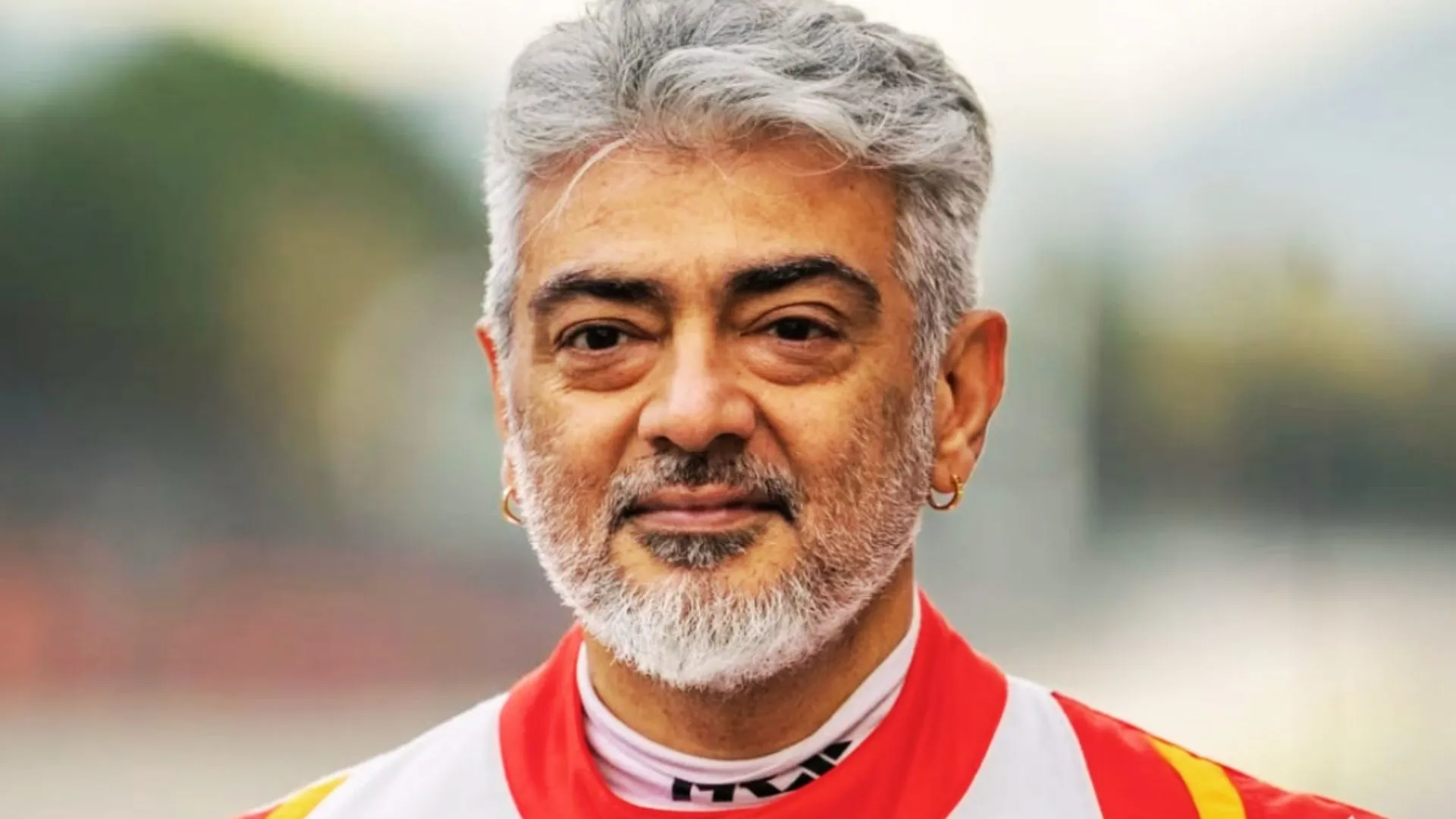Europe is gearing up for the maiden test flight of its new heavy lift rocket, the Ariane-6, tonight at 8:30 pm. This rocket, standing 63 meters tall and weighing up to 860 tons at its heaviest configuration, marks Europe’s renewed push into the space launch arena after retiring its previous workhorse, the Ariane-5, in July 2023.
Development Challenges and Milestones
The Ariane-6, developed by the European Space Agency, has been in the works since 2014, delayed for several years before reaching this milestone. It will launch from the European spaceport in French Guiana, strategically located on the Equator, ideal for rocket launches.
Cost and Configuration
Costing an estimated 3.6 billion euros to develop, each launch of the Ariane-6 is projected to cost 115 million euros. Unlike its predecessor, the Ariane-5, which achieved a success rate of nearly 96% across 117 launches, the Ariane-6 is designed as an expendable rocket, intended for single-use configurations.
International Collaborations and Competition
Europe’s previous Ariane-5 rocket was not only highly successful but also a cornerstone for European and international satellite launches. It was particularly crucial for India, which launched 25 satellites using the Ariane-5 due to its heavy lift capability.
With the retirement of the Ariane-5, India is now turning to SpaceX’s Falcon-9 rocket for its upcoming GSAT-20 communications satellite launch in mid-August. Weighing 4,700 kg, the GSAT-20 will be a significant payload for SpaceX’s proven Falcon-9 platform.
Elon’s Falcon-9 Steps In
After the retirement of Ariane-5 and years of delays for Ariane-6, SpaceX, owned by Elon Musk, stepped in to fill the gap with its Falcon-9 rocket. Known for its partial reusability, Falcon-9 has successfully completed 352 launches since 2010, boasting an impressive 99.4% success rate.
Meanwhile, European nations expressed concern over relying on American rockets, particularly for launching sensitive spy satellites. In response, the European consortium Ariane Group accelerated its efforts to develop its own rocket.
Enhanced Efficiency
The Ariane-6, a program led by the European Space Agency (ESA) and managed by Arianespace, promises enhanced efficiency and flexibility to meet diverse launch service requirements for both commercial and institutional missions.
Developed by Ariane Group and its European partners, Ariane-6 will offer increased payload capacity and reliability, continuing the tradition set by the successful Ariane program. The next-generation launch vehicle is designed in two configurations: Ariane 62, optimized for institutional missions, and Ariane 64, tailored for the commercial market.
Arianespace explains that Ariane-6’s core stage, combined with solid rocket boosters, accelerates the rocket to 200 km within the first 10 minutes of flight. Its upper stage utilizes the Vinci engine, which uses cryogenic liquid oxygen and hydrogen and is capable of re-ignition for precise orbital maneuvers and de-orbiting maneuvers to mitigate space debris after payload deployment.
“With 30 missions in our order book, Ariane-6 has already gained the trust of institutional and commercial customers. We are preparing to make Ariane-6’s second launch by the end of the year, followed by a steady rise to around 10 launches a year once we reach cruising speed. It represents a splendid challenge for Arianespace and our partners,” said Stephane Israel, CEO of Arianespace.
World’s leading scientific journal Nature said, “Europe is poised to regain independent access space when the long-awaited Ariane-6 rocket performs its inaugural flight from Kourou, French Guiana. The heavy-lift launcher will provide the main route to space for the continent’s scientific missions, from Solar System exploration to climate science – and for strategic assets such as intelligence and navigation satellites.”
A Delayed Launch
Today’s launch has been a long time in the making. Development of the Ariane 6 started back in late 2014, originally aiming for a debut around 2020. However, technical challenges and external factors, including the COVID-19 pandemic, caused delays.
These delays resulted in a gap where the Ariane 6 did not overlap with its predecessor, the Ariane 5, which completed 117 orbital missions between 1996 and 2023. With the retirement of the Ariane 5, Vega, a launcher for small satellites, became the sole operational orbital rocket in Europe’s arsenal.
ALO READ: SpaceX Falcon 9 Experiences Rare Last-Second Abort During Starlink Satellite Launch























